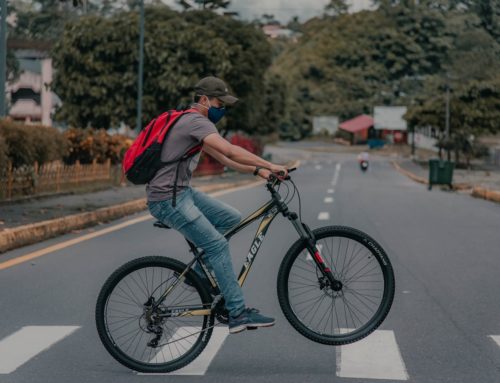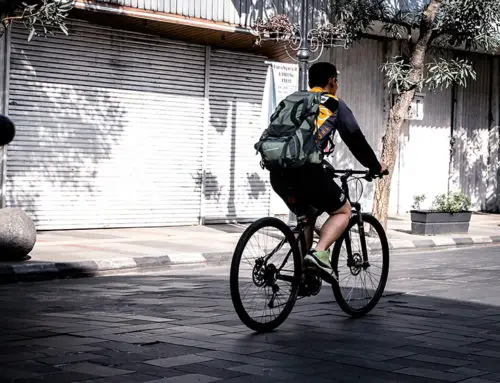Are you a dedicated biker who cherishes year-round cycling but gets concerned about your safety during winter? There have been reports of cycling accidents in the winter just like in other seasons.
But winter stands out because the roads are more wet and slippery and visibility of the road and path becomes difficult. This increases the chances of skidding off the road and being in an accident.
That’s why you need to get yourself a good bike. One with excellent components that will help you maneuver the snow.
What You Should Look For In a Winter Bike
The significant components of a winter bike are the brakes, the wheels, and the gears. You are looking for a bike that will help you make confident stops on ice and whose speed you can easily control. These will determine how well you maneuver on the wet, slippery trails in winter.
The best brakes popular for the winter are disc brakes. They are a perfect choice on winter bikes and are suitable in wet terrain because of the precise and assured braking they offer.
The wheels are the contact point with all the winter grime. You need to protect them from coating of muck that corrode bike components. Fit your winter bike with sturdy and solid wheels and arm them with wide tires made of excellent tread so as to ride well on wet weather.
Because you will ride a bit slower on the wet trail, it would be a good idea to fit your winter bike with lower gears. This is also great since your winter bike will be heavier from the steel frameset and will ride a lot slower than your usual bike.
In this blog post, we will look at the brakes and how to select the best to use on a wet trail.
Choosing Brakes for Wet Trail
To effectively choose brakes that will work for you on wet trail, you need to consider a few basics.
Here are the main points to look into.
Strength
Are the brakes strong and durable? You need to consider the material the brakes are made of. In fact, the brakes should be made of a stronger material (like steel) than the rim.
It is advisable to get brakes that have a separate attachment to the wheels instead rather than those in tandem. Stronger brakes are less likely to cause cracking of wheels.
No Tire Over Heating
Although this point is important when choosing brakes for hot weather, you need to choose brakes that don’t overheat the rim all-weather around. Even when cruising downhill. Good brakes should not generate large amounts of heat when great speed is applied.
Such high temperatures can cause the rim to heat up and weaken the tire materials. You don’t want your tires to blow out when cycling at high speed over rough terrain. Therefore, choose brakes that will heat up less so you tires will be safe even on wet trail.
No Rim Wear
Wet weather comes with lots of sand, mud, and grit that get stuck on the rims of your bike. During the braking process, the debris caught between the rim and the brake pads can scrape the rim over and over. This wears of the rim making it prone to cracking.
Therefore, when choosing brakes for the wet trail, don’t settle for the traditional brakes that weaken the rims. Disc brakes are a good option and are a major benefit in terms of cost-effectiveness.
Effectiveness on Other Terrains
When choosing brakes for wet trail you might want to consider how well the brakes you select work in any kind of conditions. If the brakes are not affected by the weather then you are good to go. Go for brakes that have sealed housing to protect the rim brakes from rusting when exposed to wet terrain.
Also, consider the performance of the brakes on muddy or icy terrain. If the brakes slips in mud or cracks in the snow, then you should avoid it altogether. You don’t want to keep replacing brakes each time you are on wet terrain.
Investing in a disc brake is a good idea since it is hardly affected by mud. It is attached to the wheel hub and is nearer to the center of the wheel making it less prone to mud and grit sticking on the rims.
All in All
In order to choose the best brakes for the wet trail, your choice should be built on power, control, ease of stopping, and safety. If you are the “old school” kind of rider then you can still use the old brakes on mountain bikes though they have their fair share of disadvantages.
To carry on cycling on the wet trail and have fun on your two-wheel adventure why not consider shopping for a bike that comes with a brilliant braking system? Start looking today!





